In the heart of Dorset, England, an extraordinary Roman industrial site has been unearthed, shedding new light on the ancient pottery production techniques that fueled everyday life in Roman Britain. Over 17,000 pottery fragments, kilns, and building remains have been discovered near Poole Harbour, offering rare insights into the scale and sophistication of Roman craftsmanship. This exciting find reveals not only the skill of ancient potters but also the extensive trade networks that connected Roman Britain to the wider empire.
The Moors at Arne Project: A Gateway to History
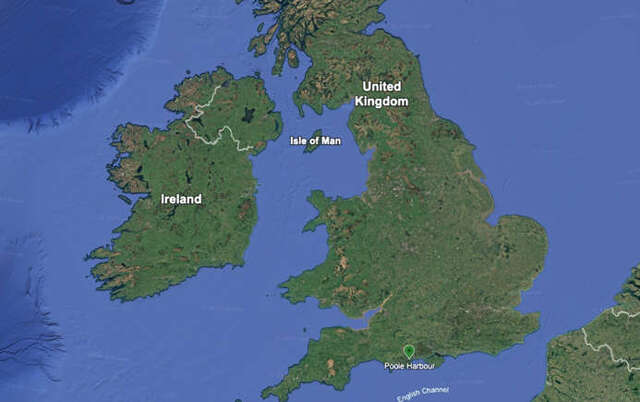
The Moors at Arne project is a vital initiative aimed at transforming grasslands on the Isle of Purbeck into wetlands to preserve biodiversity and promote sustainable land use. In partnership with the Environment Agency, RSPB, and Natural England, the project is also a treasure trove of archaeological significance. The archaeological excavation, led by Wessex Archaeology, was initiated to explore the rich historical layers beneath the surface of these marshlands before the area is further developed. The project has uncovered a treasure trove of Roman remains, which sheds light on an industrial hub once located on the shores of Poole Harbour.
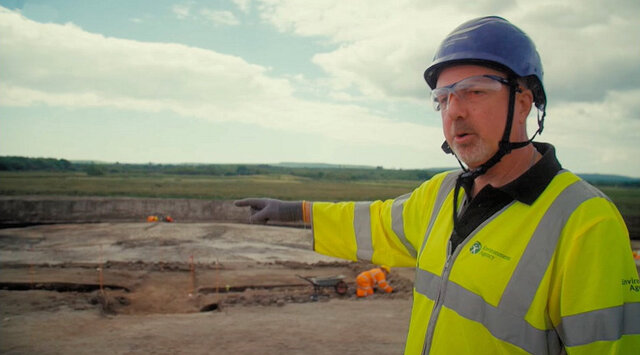
Not only has this excavation revealed the full scale of Roman pottery production in the area, but it also highlights the intersection of modern environmental conservation with archaeological preservation. The unearthing of these remarkable Roman artifacts within a flourishing landscape offers us a unique glimpse into ancient life in southern England.
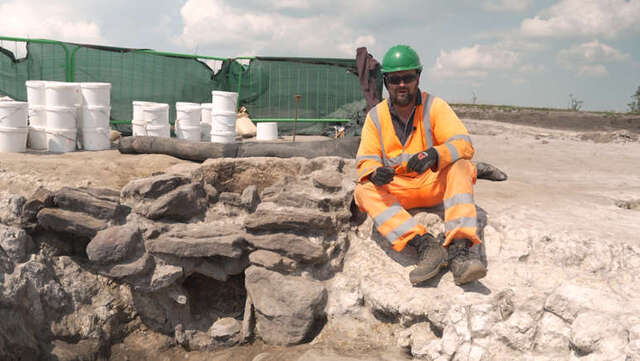
Video
Watch the video to explore the major Roman pottery industry unearthed in Dorset, England. This incredible discovery sheds light on ancient Roman craftsmanship!
The Significance of Black Burnished Ware
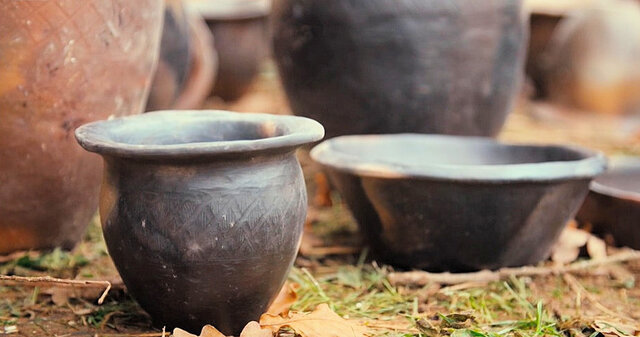
Among the many finds at The Moors at Arne excavation site, one stands out: Black Burnished ware. This type of pottery, recognized for its dark and polished finish, was not just another kitchenware; it was an integral part of Roman life. Initially created by Iron Age settlers in Purbeck, this pottery gained immense popularity with the Roman military and eventually became commonplace in civilian households.

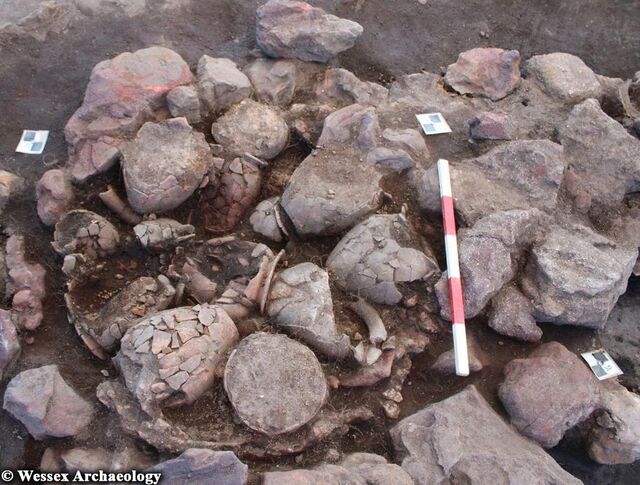
The term “Black Burnished ware” comes from its shiny, charcoal-like finish, achieved through a meticulous firing process that allowed the pots to withstand heavy use. These pots were typically used for cooking, and their durability made them an essential part of Roman daily life. The pottery found at this site includes a variety of jars, bowls, and dishes—some of which were discovered nearly intact, offering rare insight into Roman craftsmanship.
What’s particularly interesting is the nature of the discoveries. While the majority of pottery discovered was dark, some pieces turned orange. This color discrepancy was likely caused by a chemical reaction failure during the firing process, which points to the challenges faced by the potters in achieving the specific Black Burnished finish.
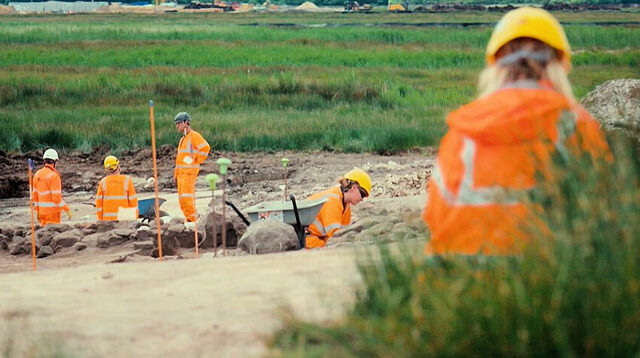
Unveiling the Pottery Production Site
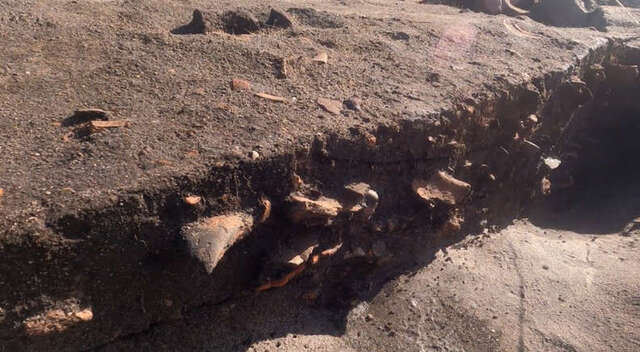
The discoveries at The Moors at Arne offer a remarkable insight into the workings of a Roman pottery factory. Archaeologists uncovered more than 17,000 pottery fragments and two kilns, which provided evidence of an industrial-scale operation. The sheer number and variety of the pottery pieces found on site suggest that this was a thriving production hub, responsible for making a wide range of cooking vessels that would have been used throughout Roman Britain.
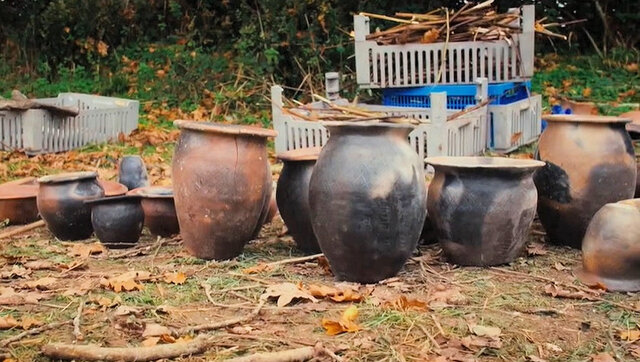
Two Roman kilns were uncovered, revealing the complex processes required to create such high-demand pottery. By understanding these processes, archaeologists can now piece together how potters of the time may have worked, as well as the challenges they faced in controlling the temperature and atmosphere inside their kilns to achieve the signature black finish on their pots. This discovery gives us a glimpse into the manufacturing conditions of one of the most widely traded pottery types in Roman Britain.

Recreating Ancient Techniques: Experimental Archaeology
In an effort to better understand the methods used by Roman potters, Wessex Archaeology collaborated with local potter Bill Crumbleholme and Professor Stuart Prior of Digging for Britain fame. Together, they set out to replicate the ancient techniques used to produce Black Burnished ware. This experiment, which was broadcast on BBC Two’s Digging for Britain, involved constructing a kiln based on the Roman models found at Arne and using ancient methods to create pottery by hand, rather than on a potter’s wheel.
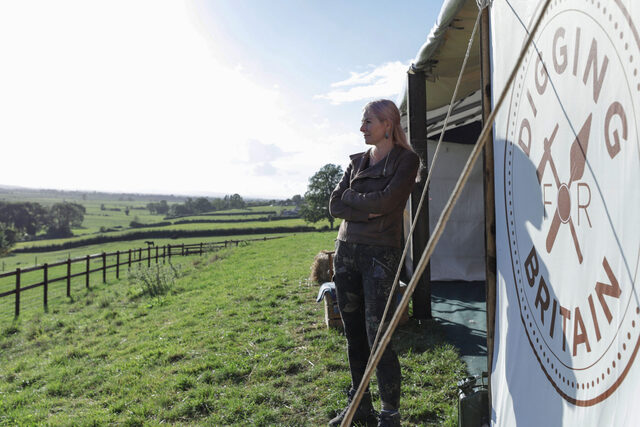
The results of the experiment were fascinating. By using iron-rich clay and firing the pottery under controlled conditions, the team successfully recreated the distinctive black finish that made these pots so sought after in Roman times. This hands-on experiment not only revealed the immense skill required to produce Black Burnished ware but also shed light on the level of control Roman potters had over their firing processes, demonstrating their mastery of fire and kiln technology.
Understanding the Role of the Site in Roman Britain
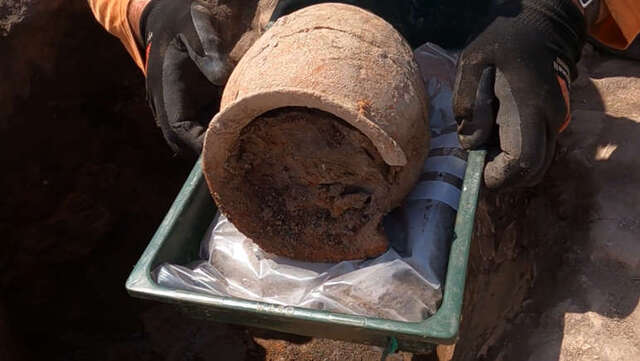
The significance of the pottery site at The Moors at Arne extends far beyond the objects found within it. The pottery produced at this site was not just used locally; it was widely traded throughout Roman Britain, particularly among the military and civilian populations. The discovery confirms that the site played a central role in supplying high-quality pottery to both soldiers and everyday people.
The mass production of Black Burnished ware was vital for the Roman economy in Britain, serving as both a domestic necessity and a commercial commodity. The pottery was an essential item in Roman kitchens, and its widespread availability underscores the efficiency of the production processes used at Arne. In fact, the site’s location in Dorset, near Poole Harbour—one of the largest natural harbors in the world—suggests it may have been strategically positioned to supply pottery across a vast trade network within the Roman Empire.
The Archaeological Context: Roman Industry at Scale
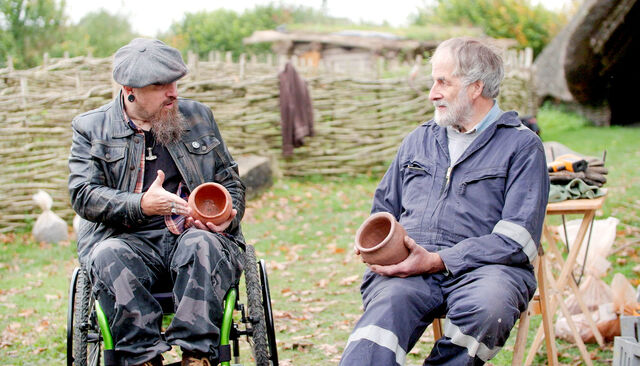
The large scale of the pottery production at The Moors at Arne offers valuable insights into the organization of industrial labor during the Roman period. It is likely that this site operated much like modern factories, with workers assigned specific tasks such as digging for clay, firing the pottery, and transporting the finished products. The preservation of kiln structures and surrounding workshops also provides clues about the scale of production and the logistics required to maintain such an operation.
The discovery at Arne adds to a growing body of evidence about Roman industrial activity in Britain. This site, with its complex production methods and large-scale output, reveals a high degree of specialization and organization that is often overlooked in discussions of Roman craftsmanship.

What’s Next? Further Research and Implications
Despite the wealth of information already uncovered, ongoing research will continue to explore the full extent of the site’s role in Roman industrial activity. Further studies will focus on the environmental context of the site, including how local resources like clay and wood were sourced and used in the production process. Additionally, more in-depth analysis of the pottery, kilns, and surrounding features will offer further insights into the technological advancements of Roman potters.
As more details emerge, this excavation will provide a deeper understanding of the logistical operations involved in producing Black Burnished ware and its widespread distribution across the Roman Empire. The site’s findings are sure to have far-reaching implications for our understanding of Roman trade, craftsmanship, and industry.
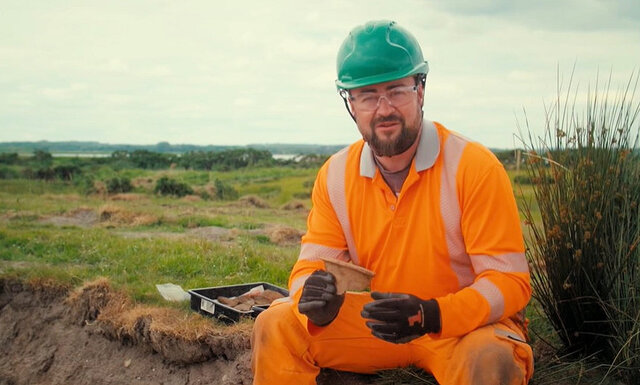
Conclusion
The discovery of the Roman pottery production site at The Moors at Arne offers a fascinating glimpse into the ancient world, highlighting the intricacies of Roman industrial processes. This site, which once supplied the Roman army and civilian population with essential cooking utensils, provides a rare opportunity to explore the technical expertise and organization of Roman potters. Through experimental archaeology and ongoing research, the story of this remarkable site is still unfolding, enriching our understanding of Roman Britain’s economic and cultural landscape. As the excavation continues, it promises to reveal even more about the skill, innovation, and complexity of Roman industry, leaving us with a deeper appreciation for the craftsmanship behind everyday Roman life.
Video
Check out the video to see a sensational Roman buried treasure found while metal detecting in England. This incredible discovery is full of ancient surprises!



